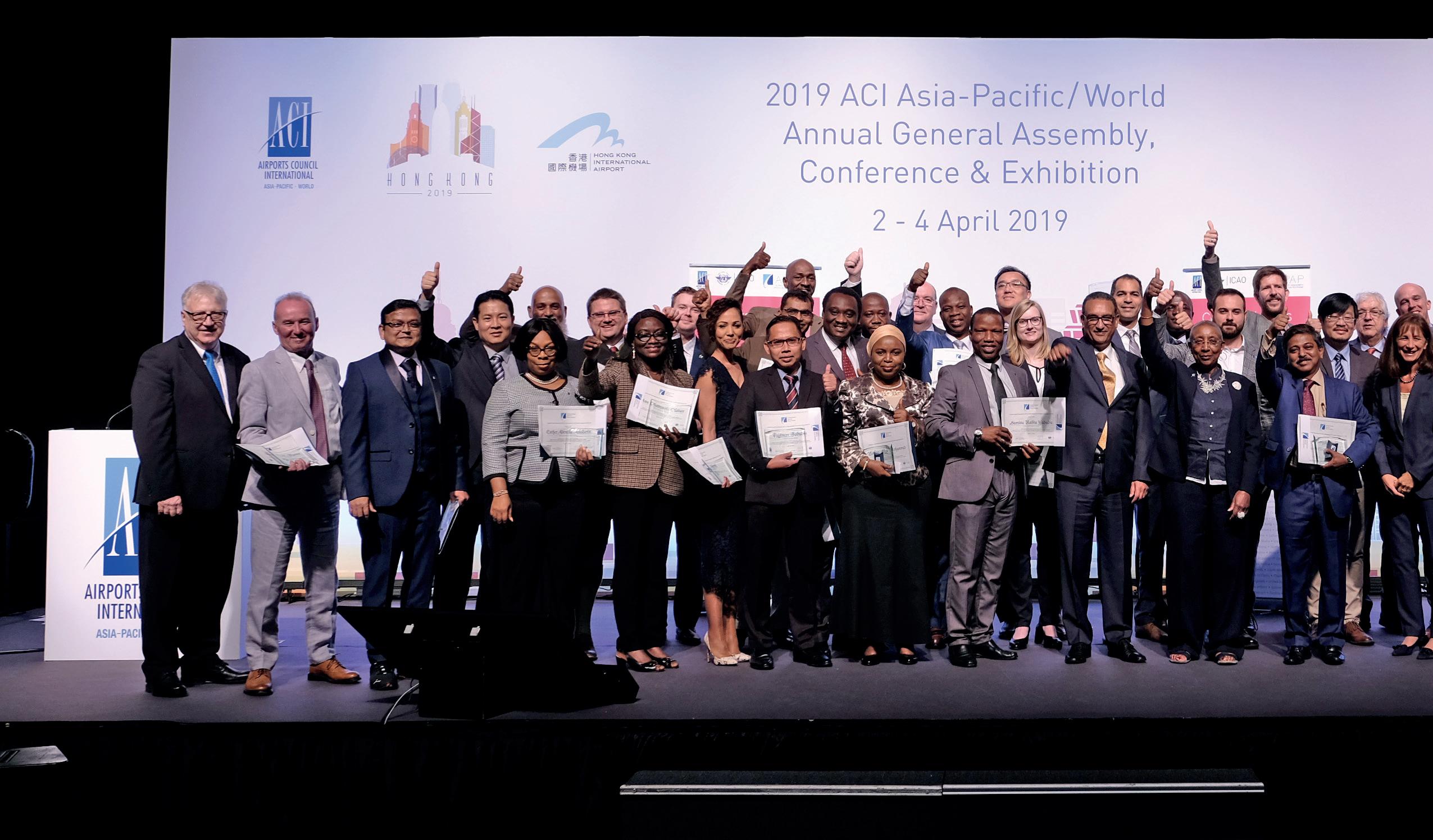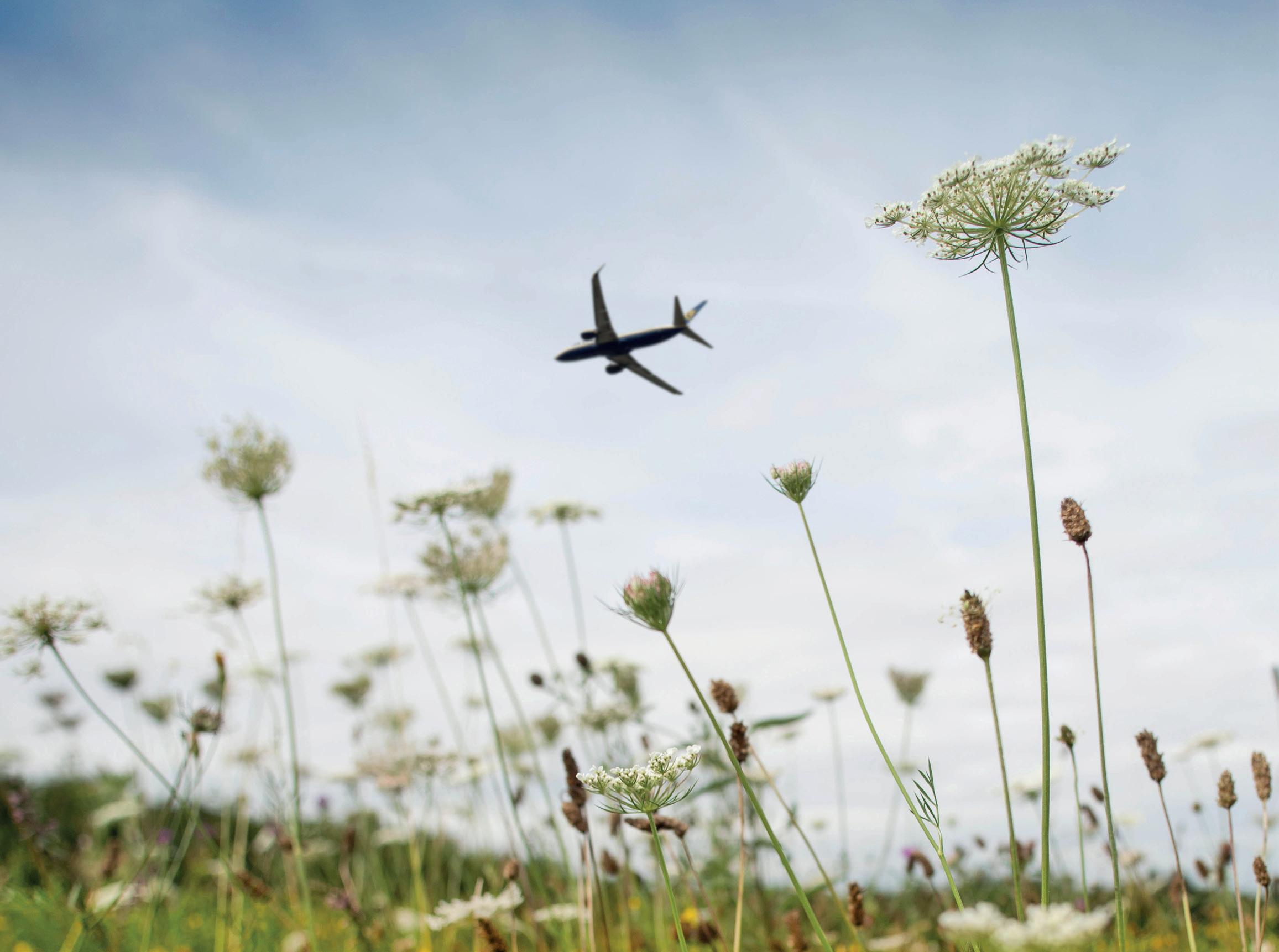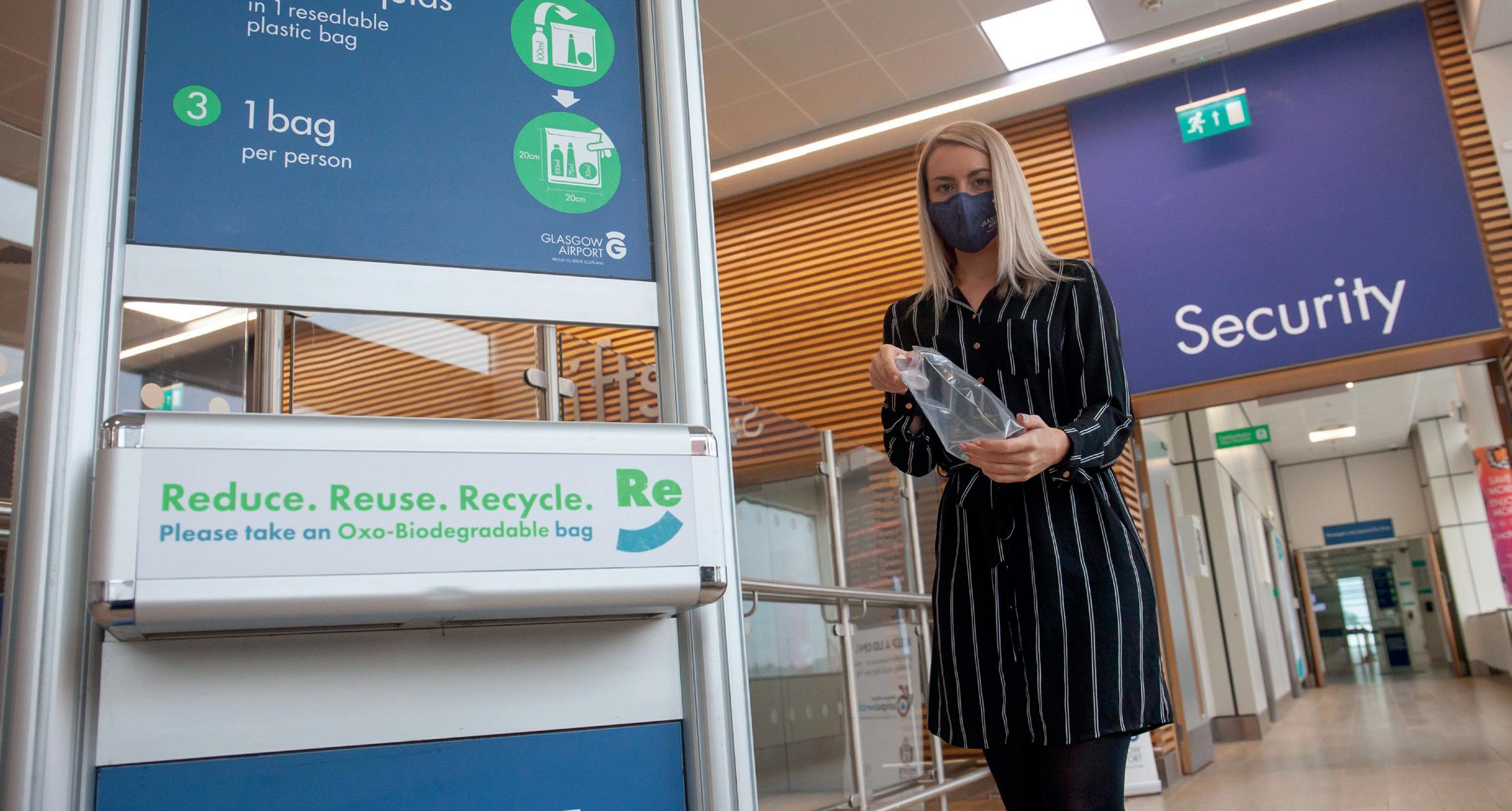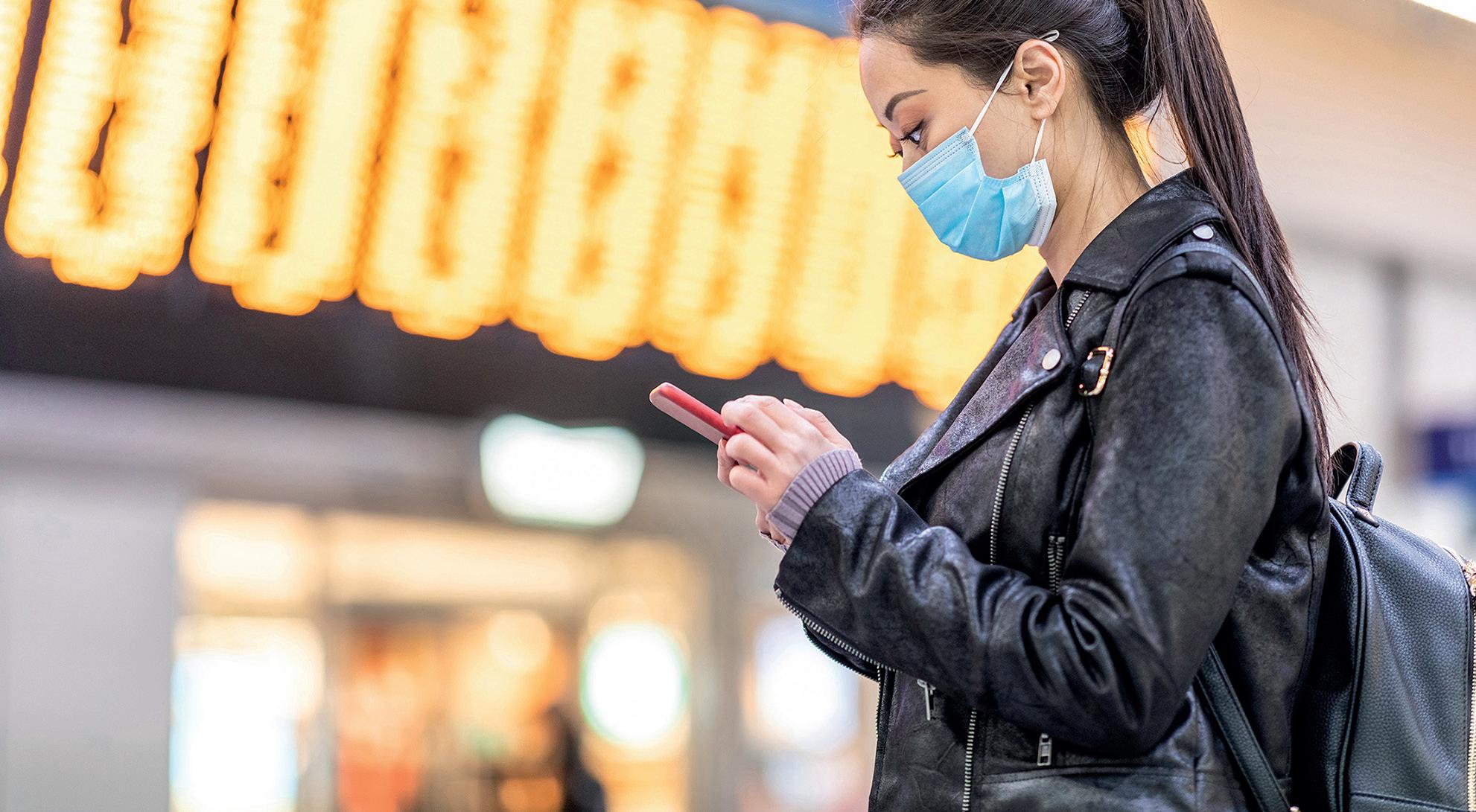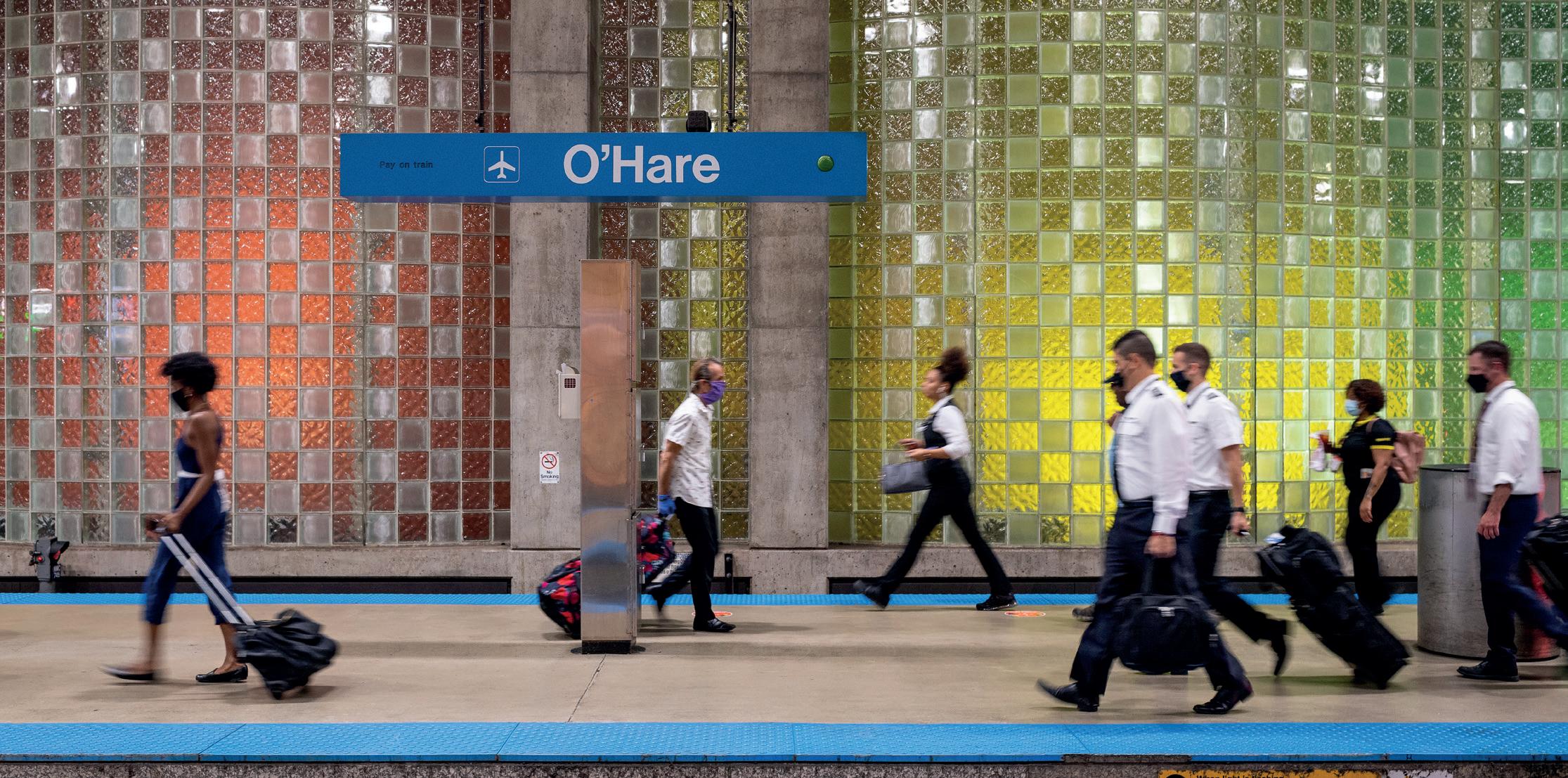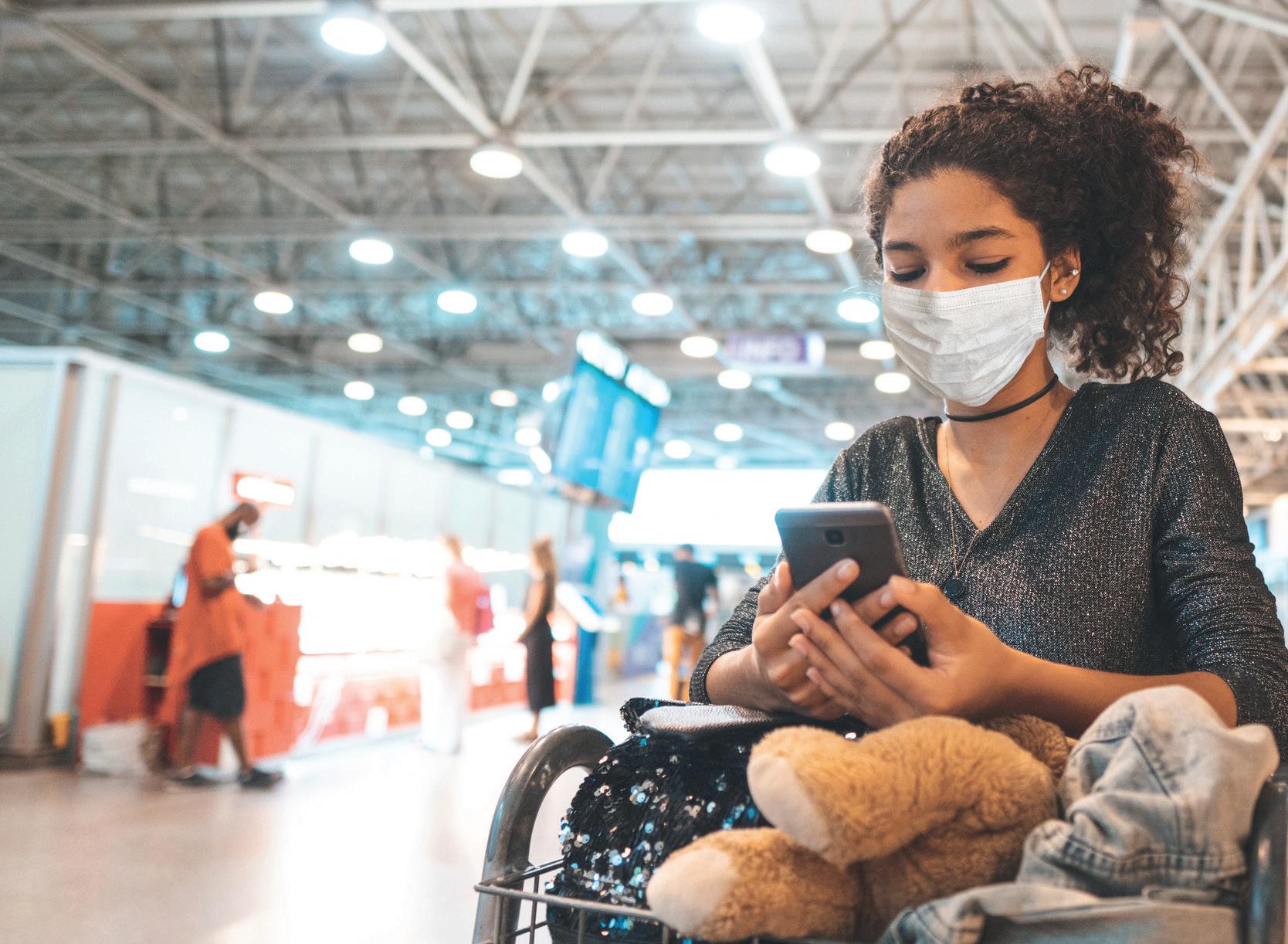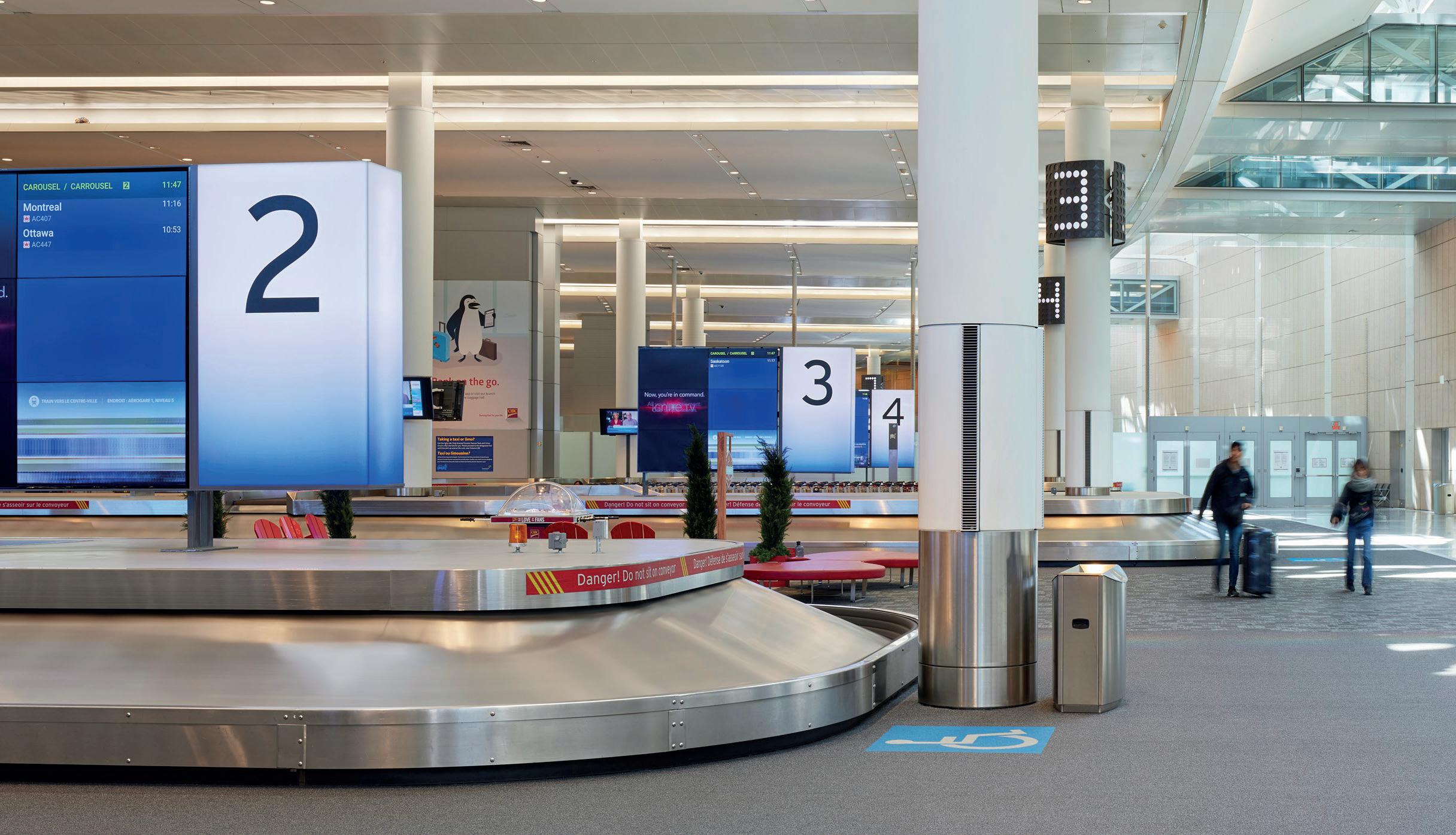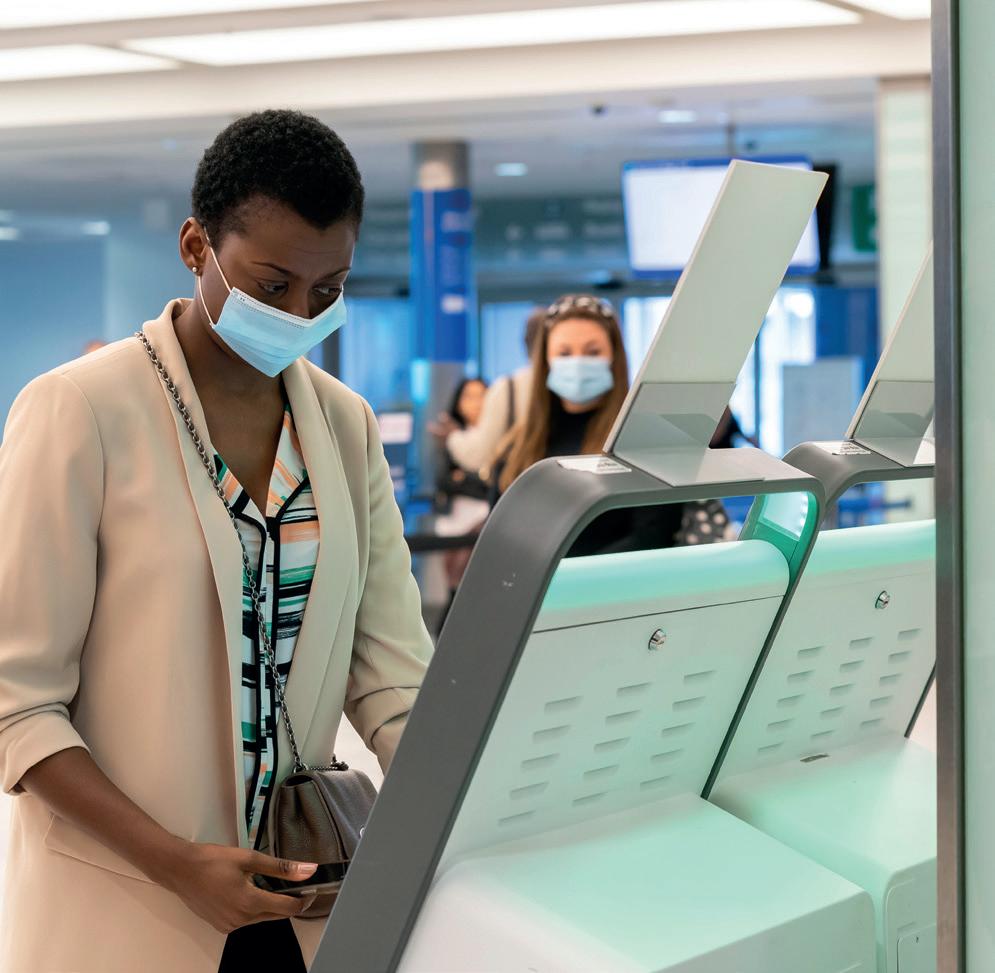ACI WORLDHEAD NEWS RUNNING
World in motion ACI World urges the world’s governments to back COVID-19 testing as an alternative to quarantine measures, writes external relations manager, Bojana Jeremic.
T
he airport sector, as an integral part of the global aviation ecosystem, has been among the industries most heavily affected by the global pandemic. Airports around the world are adjusting to the complexities of the ‘new normal’ and are quickly adapting to passengers’ changing needs and expectations. This effort is designed to help travellers and staff feel reassured that their health and safety remains the industry’s overriding priority. ACI World’s most up-to-date estimates show the pandemic will result in a reduction of more than 5.6 billion passengers with a decline in total airport revenues on a global scale of more than $104.5 billion (figures in US Dollars) for 2020. With many aircraft still grounded, coupled with ongoing inconsistent quarantine measures, the current projections on international market segments signal that passenger traffic volumes will likely only return to the levels recorded in 2019 by 2024. The inconsistent and ever-changing border restrictions, along with confusion about quarantine and test requirements, continues to cause frustration for both businesses and travellers. To this day, many international borders remain closed and international passengers are still subject to a mandatory 14-day quarantine, despite the widespread implementation of the International Civil Aviation Organization’s Take-off Guidance via the Council Aviation Recovery Taskforce (CART) document. With quarantine requirements severely limiting the recovery of the aviation industry, urgent and appropriate government action is required to establish globally harmonised, risk-based, practical measures to foster a co-ordinated recovery whilst providing reassurance to travellers. Governments must look for risk based approaches, leveraging multiple layers of protection to mitigate the risk of transmission, such as COVID-19 testing, travel bubbles or public health corridors as a means to restart air travel. An effective COVID-19 test has the potential to be a useful risk equalisation measure where the rate of new infections in the origin country is significantly higher than in the destination country. If a test is required, it should be a recognised test such as a polymerase chain reaction, or PCR, test carried out in the 48 hours prior to travel. A risk-based and proportionate approach to testing could help States to avoid taking a binary approach (open vs closed) to travel restrictions, including the need for quarantine, and balance the need for economic recovery. As different methods of rapid testing become available, detection of pre-symptomatic and asymptomatic travellers will become more possible, particularly from locations perceived to be at a higher risk. Although more work still needs to be done on the various different types of tests, how they are used, as well as their overall effectiveness, ACI strongly believes that a widespread adoption of COVID-19 tests prior to travelling will allow governments to reopen borders safely,
8
AIRPORT WORLD/ISSUE 5, 2020
reinstall global connectivity and passenger confidence, and kickstart the global recovery of the aviation industry. To help airports in restoring public confidence in air travel, and to promote global implementation of best practice, ACI has launched the Airport Health Accreditation Programme (AHA). The programme recognises airports that are committed to providing high standards of health and hygiene that accord with globally recognised standards, and prioritising the health and welfare of travellers, staff, and the public. The health accreditation procedures are in accordance with ICAO Council Aviation Restart Task Force recommendations and in alignment with the joint European Union Aviation Safety Agency (EASA) and European Centre for Disease Prevention and Control (ECDC) Aviation Health Safety Protocol and as well as ACI Europe’s Guidelines for a Healthy Passenger Experience at Airports. Governments and industry regulators will need to ensure that any new processes that they require airports to introduce are reviewed in line with changing data and medical evidence and ensure that they remain aligned with those deployed through other modes of transport and the wider society. The world is changing fast and, while the pandemic’s impact on the industry has been far greater than what we have previously experienced, recovery will once again require heightened levels of collaboration and partnership among industry stakeholders. Airports can, and will be, one of the main drivers of aviation’s recovery. However, they cannot do this alone. The industry is stronger together and by coming together it will lay the foundations of recovery to ensure that aviation can deliver the economic and social benefits to the local, national, and global communities that it serves.



